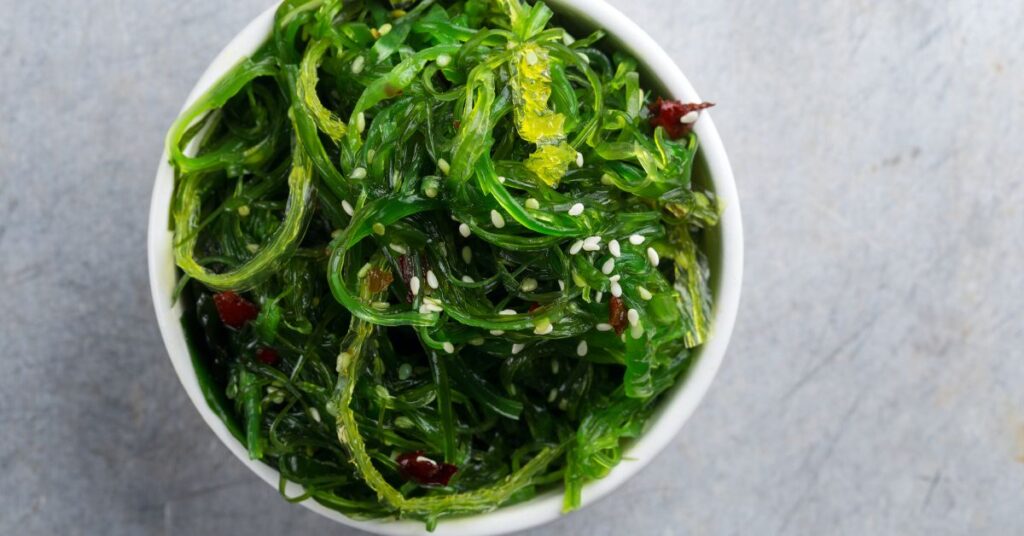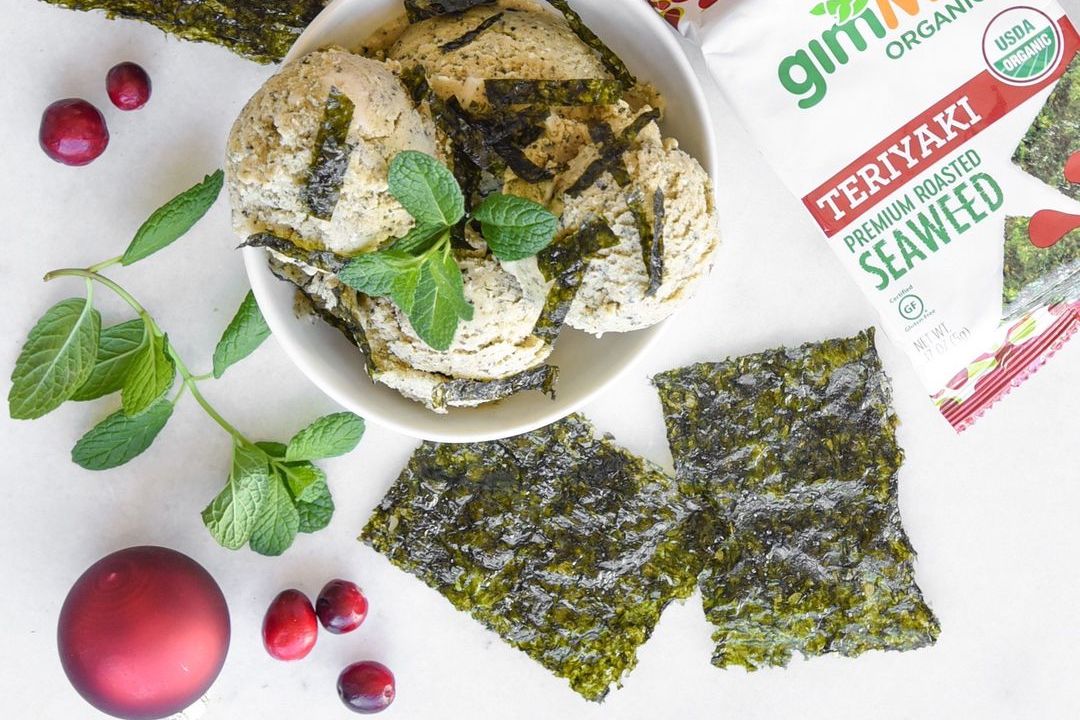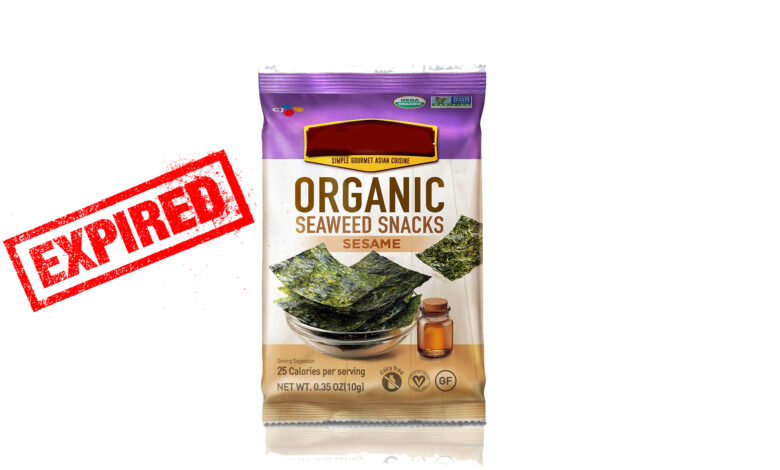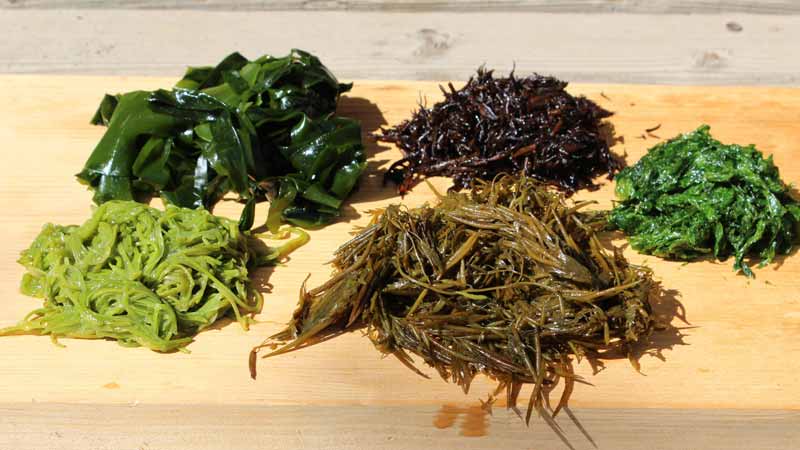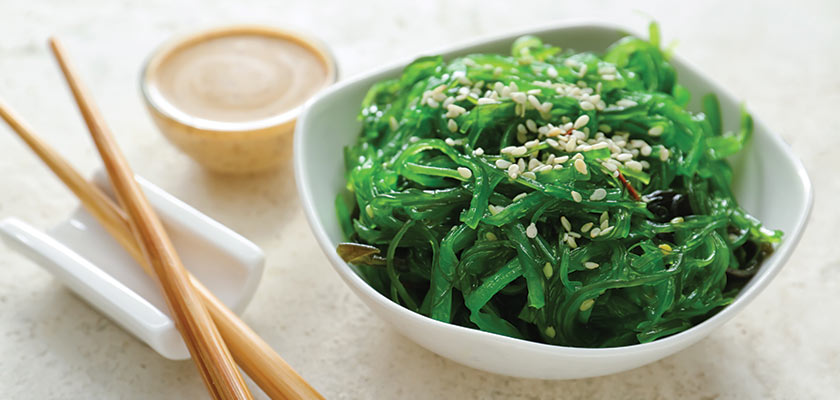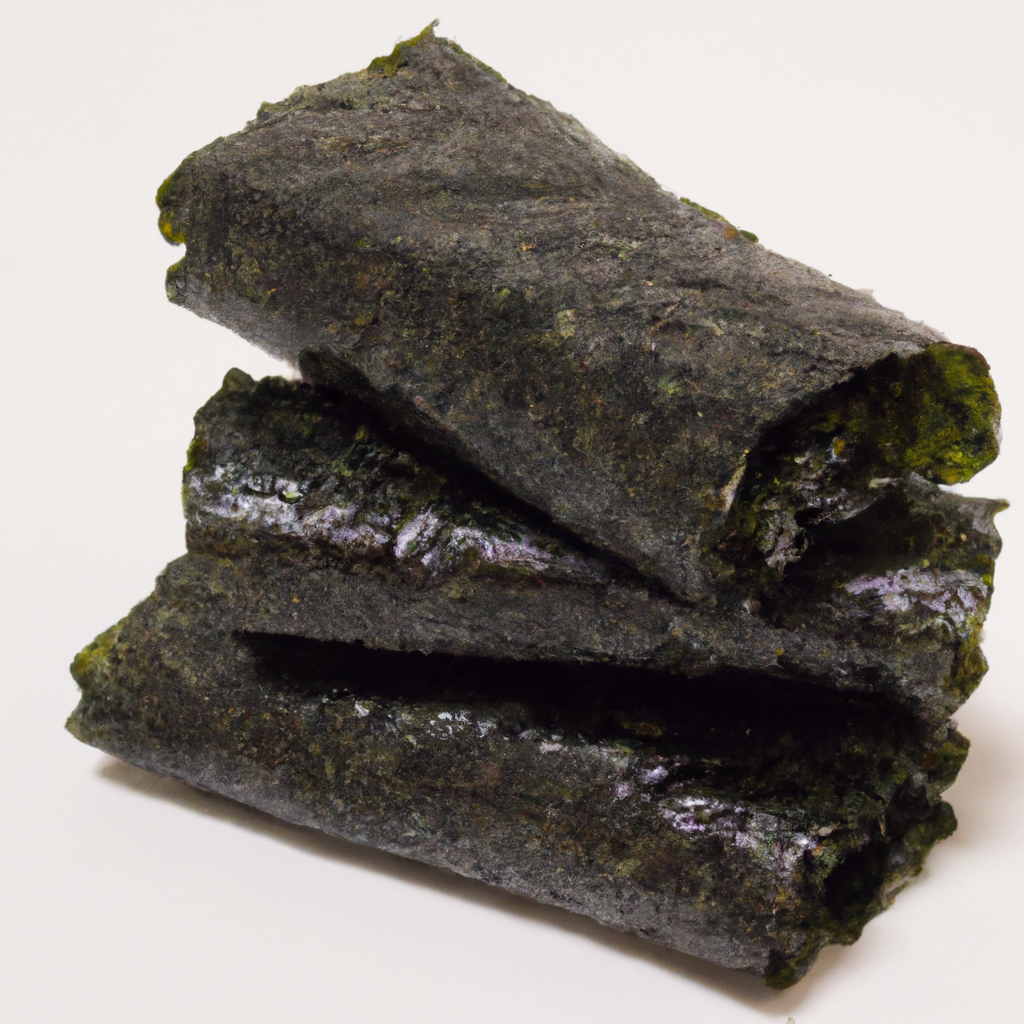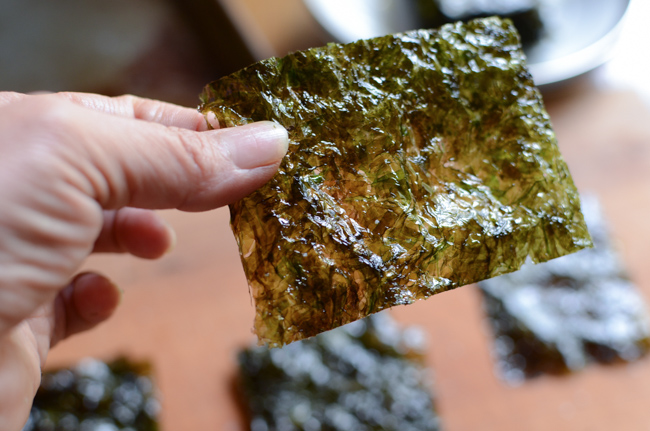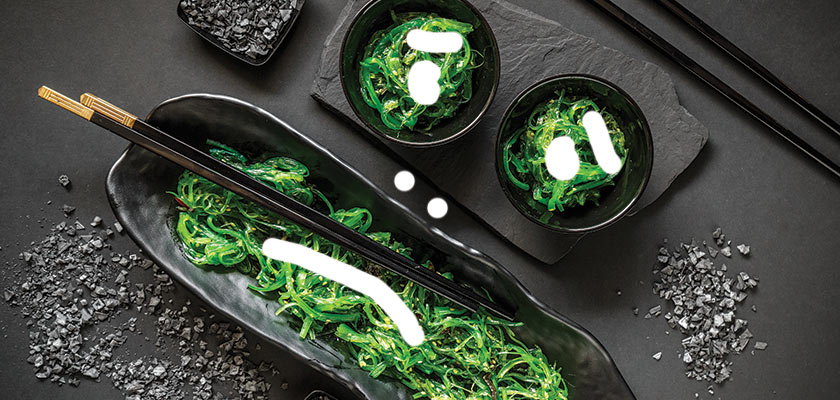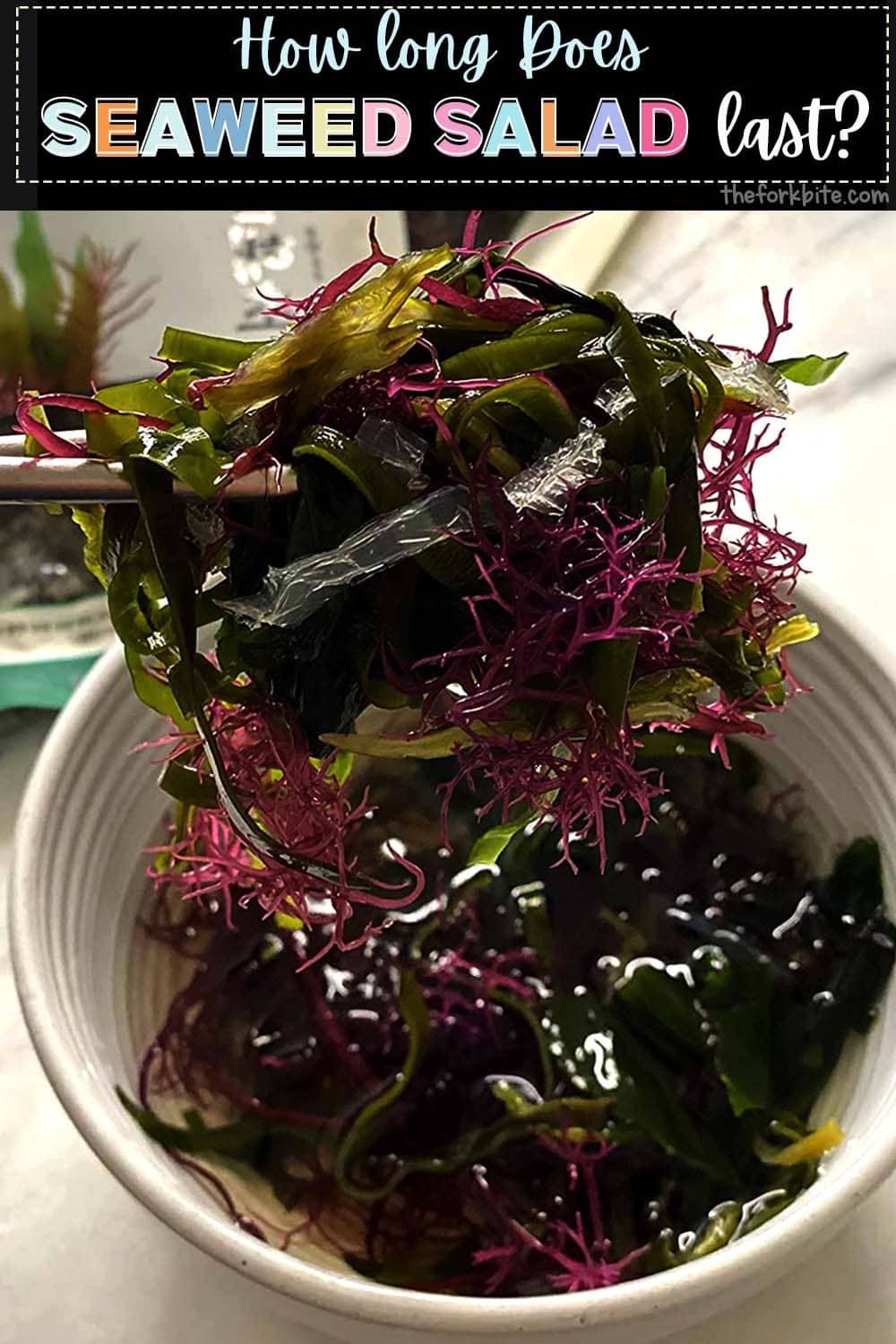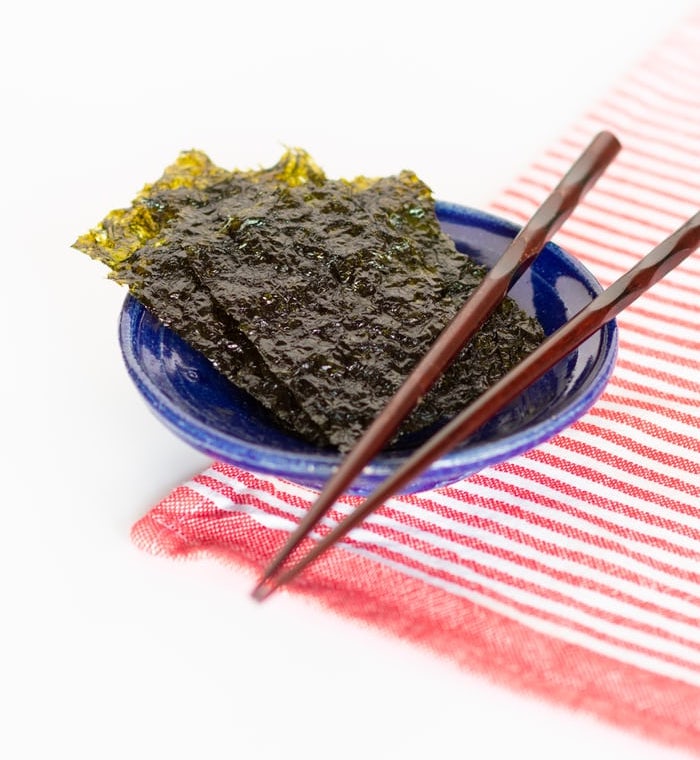Can You Still Eat Expired Seaweed
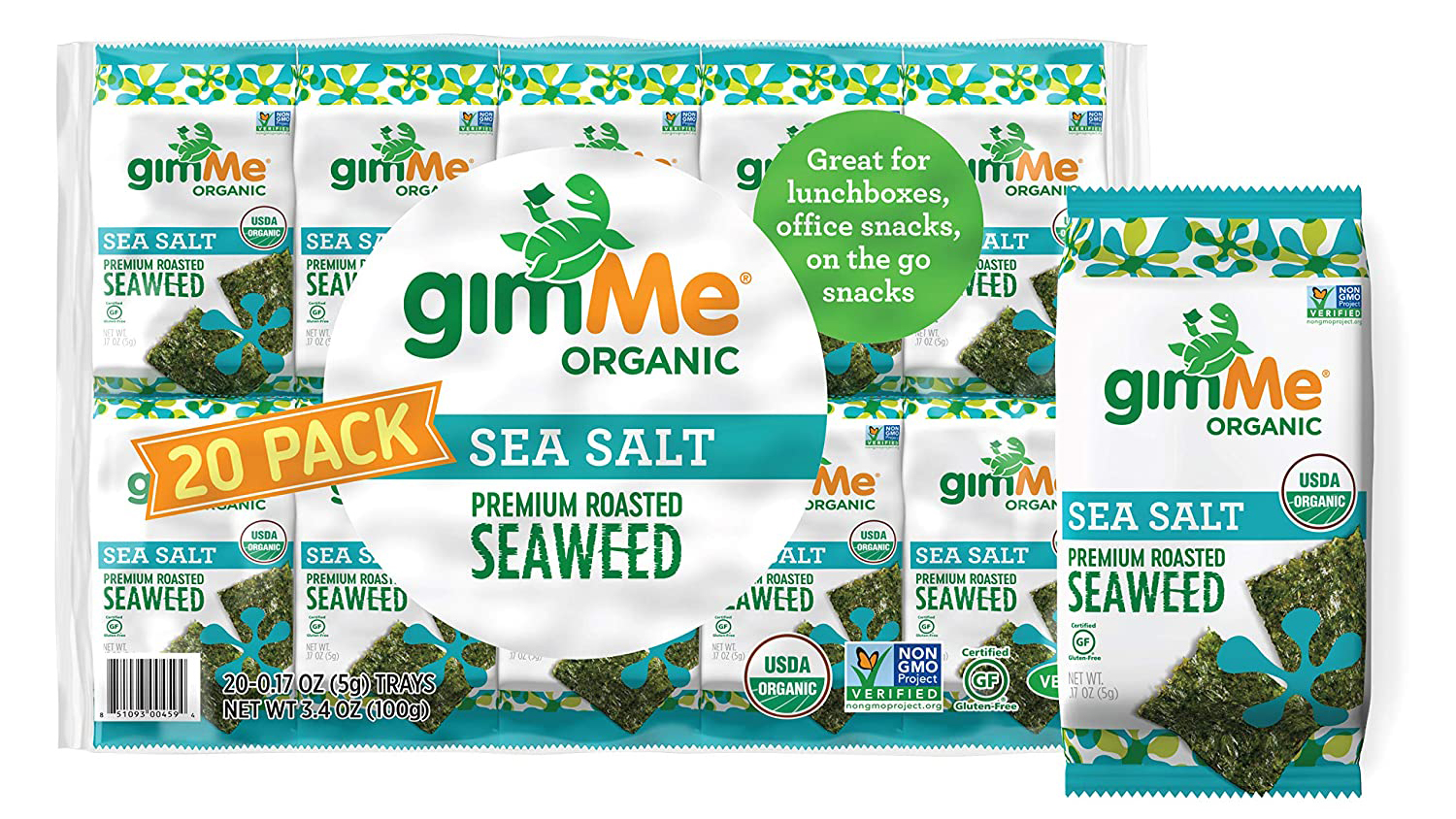
The salty tang of seaweed snacks and the umami depth of nori sheets make them staples in many pantries. But what happens when that package of seaweed finds itself past its "best by" date? Consumers are often left wondering: can you still eat expired seaweed?
The answer, as with most food safety questions, isn't a simple yes or no. Understanding the nuances of expiration dates, storage conditions, and the nature of seaweed itself is crucial for making informed decisions about consumption. This article will explore the factors that determine whether expired seaweed is safe to eat and how to assess its quality.
Understanding Expiration Dates
It's essential to differentiate between "use by" and "best by" dates. "Use by" dates indicate when a product is no longer safe to consume and are typically found on perishable items like meat and dairy. Seaweed, however, usually bears a "best by" date, which is an indicator of quality, not safety.
According to the Food and Drug Administration (FDA), a "best by" date suggests when a product will be of optimal flavor or quality. It is not a purchase or safety date. Therefore, seaweed past its "best by" date is not necessarily unsafe to eat.
However, the Academy of Nutrition and Dietetics emphasizes that even with "best by" dates, proper storage is key. Incorrect storage can accelerate spoilage, regardless of the date printed on the package.
Factors Affecting Seaweed Spoilage
Several factors contribute to how quickly seaweed degrades. Exposure to moisture, air, light, and heat can all accelerate spoilage and compromise both the taste and safety of the product.
Moisture is a significant concern because it can promote the growth of mold and bacteria. Similarly, air exposure can lead to oxidation, causing the seaweed to become stale and lose its characteristic flavor. Light can also degrade the pigments in seaweed, affecting its appearance and nutritional value.
The packaging plays a crucial role in preserving seaweed's quality. Tightly sealed packages protect the seaweed from moisture and air, extending its shelf life. Proper storage in a cool, dry, and dark place is also vital.
Assessing Seaweed Quality After Expiration
Before consuming seaweed past its "best by" date, it's important to conduct a thorough inspection. Start by checking the packaging for any signs of damage, such as tears or punctures. These breaches can compromise the integrity of the product.
Next, examine the seaweed itself. Look for any discoloration, mold growth, or unusual textures. Any of these signs should be a red flag.
The smell test is also crucial. Seaweed should have a distinct, sea-like aroma. A foul, musty, or otherwise off-putting smell indicates spoilage.
Finally, if the seaweed passes the visual and olfactory tests, taste a small piece. If it tastes stale, bitter, or otherwise unpleasant, discard the entire package. Trust your senses; they are your best defense against consuming spoiled food.
Potential Health Risks
Consuming spoiled seaweed can lead to various health issues. Mold and bacteria growth can cause food poisoning, resulting in symptoms such as nausea, vomiting, diarrhea, and abdominal cramps. In rare cases, severe food poisoning can require medical attention.
Even if no obvious signs of spoilage are present, old seaweed might have lost some of its nutritional value. Vitamins and minerals can degrade over time, especially if the seaweed is not stored properly.
A Note on Iodine Content
Seaweed is a rich source of iodine, an essential nutrient for thyroid function. However, excessive iodine intake can be harmful. According to the National Institutes of Health (NIH), both insufficient and excessive iodine consumption can lead to thyroid problems.
Expired seaweed might have a slightly altered iodine content. While not necessarily dangerous, it's something to consider, especially for individuals with pre-existing thyroid conditions.
Conclusion
Whether or not you can eat expired seaweed depends on several factors, including the type of expiration date, storage conditions, and the seaweed's appearance, smell, and taste. While a "best by" date doesn't automatically render seaweed unsafe, careful assessment is essential.
Prioritize safety and quality. When in doubt, it's always best to err on the side of caution and discard the seaweed. A fresh, properly stored package will always provide a better and safer culinary experience.
By understanding the nuances of seaweed storage and spoilage, consumers can make informed decisions and enjoy this nutritious food safely and responsibly. Ultimately, the best practice is to use your judgment and trust your senses.
